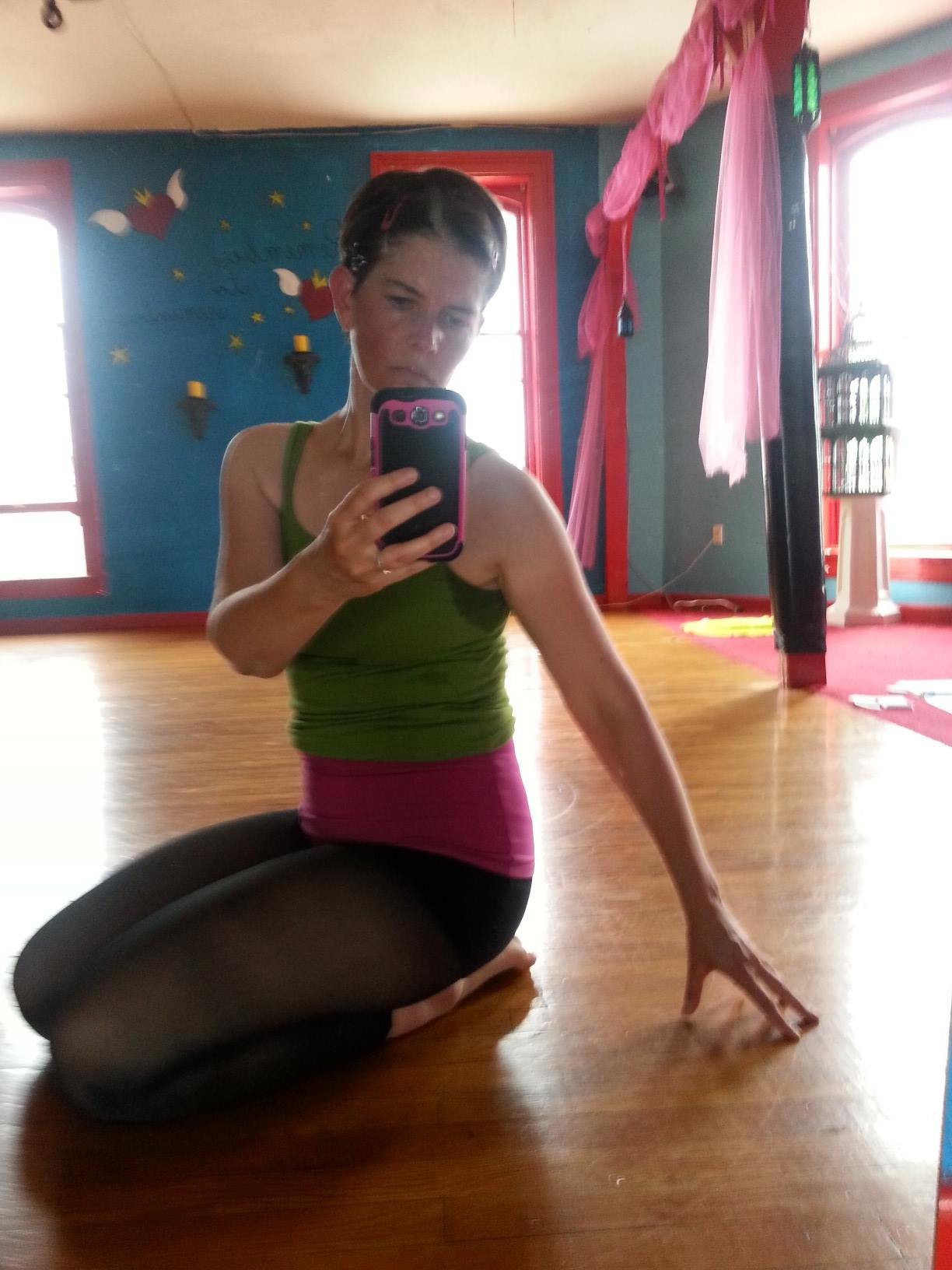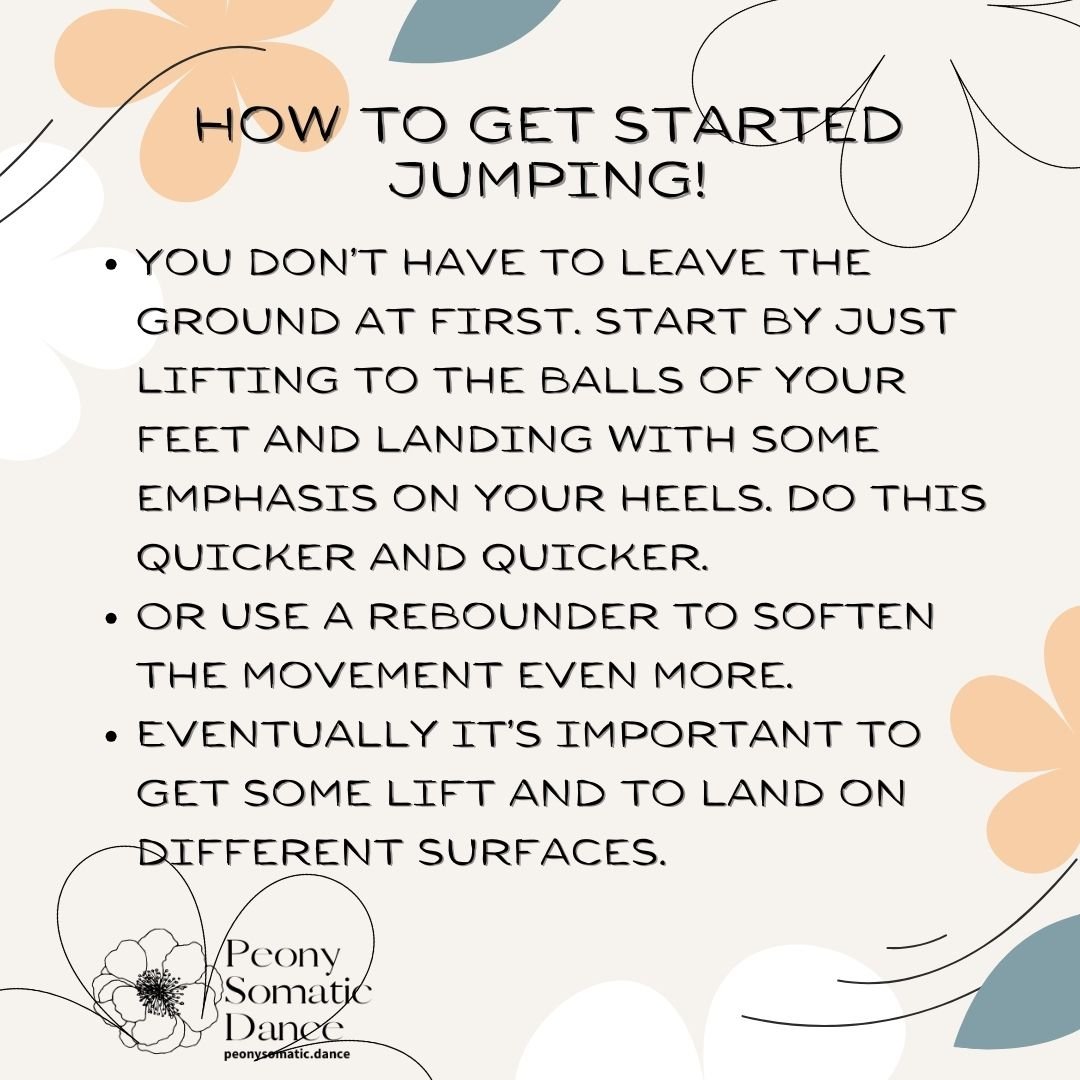This photo is from about ten years ago (and my hair is dyed so no, I didn’t go silver that fast).
A lot has happened since I took that photo (I mean… I’m taking it from a mirror which tells you a lot has happened even just with phones… ha).
A lot has happened since I took that photo. That, my beautiful nutbags, is a huge understatement.
Even if we only look at the “pandemic years,” so much has happened.
Above it all, the thing that has stunned me the most and has had the biggest impact on this body and mind:
Deep depression like I thought I would never see again came back, and yet again, ate all of the things that are my healing.
Sure, I continued to teach movement but I wasn’t wholeheartedly engaged. I was mostly going through the motions, which you may or may not have noticed. My depression was obvious in general, but I think when I was teaching, you could almost believe I was okay.
But I wasn’t creating any new methods. I wasn’t reading about movement or watching videos or seeking new movement. Big red flag.
I wasn’t listening to my favorite music when I wasn’t teaching. Big red flag.
And biggest red flag ever: I was only dancing when I was teaching and that wasn’t a lot.
Re-enter commitment
I am not sure exactly when it happened, but at some point in the last year or so, that depression started to lift. I think it had a lot to do with returning to playing tennis.
Which makes sense. The first time I seriously kicked depression out the door was when I started to dance again at the age of 40.
It seems I need some sort of return — specifically (and totally unsurprisingly) — to something physical that I have loved in the past.
I got obsessed with tennis. OBSESSED.
And it broke something open inside of me: my body was relearning commitment.
And finally consistency
But tennis is only during the good weather. (Alas, it’s too expensive around here to belong to a club.)
So I waited for the season to start again and started pretty much from scratch at rebuilding my skills.
But my obsession with tennis eventually led to consistency.
I realized I needed to be doing something more tennis-like (as in INTENSE CARDIO and lots of fast twitch muscle stuff) during the bad weather months, which made me do something I did not want to do: join some sort of gym.
I did this thinking that I would quit once tennis season started because I was only doing it to stay ready for tennis, right?
But surprise! I found the thing that created the consistency on top of the commitment. I found the thing that I am willing to get up early for, that I am willing to push myself into discomfort for, that I will not stop now that it’s summer.
Finding Orange Theory was a literal life saver (if you understand how life threatening serious depression can be).
And not because of the Orange Theory workouts. Not at all.
Finding it was a lifesaver because it supports me to do the things that are my life saving medicines.
Not only am I already, I think, showing signs of being a better tennis player this summer than last (and we’ve only played a handful of times so far), but it’s impacting my dance. It’s given me my strong legs back and my balance and of course my stamina.
And it’s only going to get better.
But here’s what I really want to say to you:
Commitment and Consistency for the Win
It takes time.
I don’t think I’ll really start to see the depths of change I want to see for another few months, and I don’t think I’ll be back to the strength and agility I had in that photo for probably a year.
And this is where most humans fail: once they don’t see the change they want within a short period, they quit. And then they blame whatever they were doing but it’s really the lack of commitment and consistency.
This is a long game, folks. As in, for the rest of your life.
Settle into it. Give into it. It’s the only way.





























